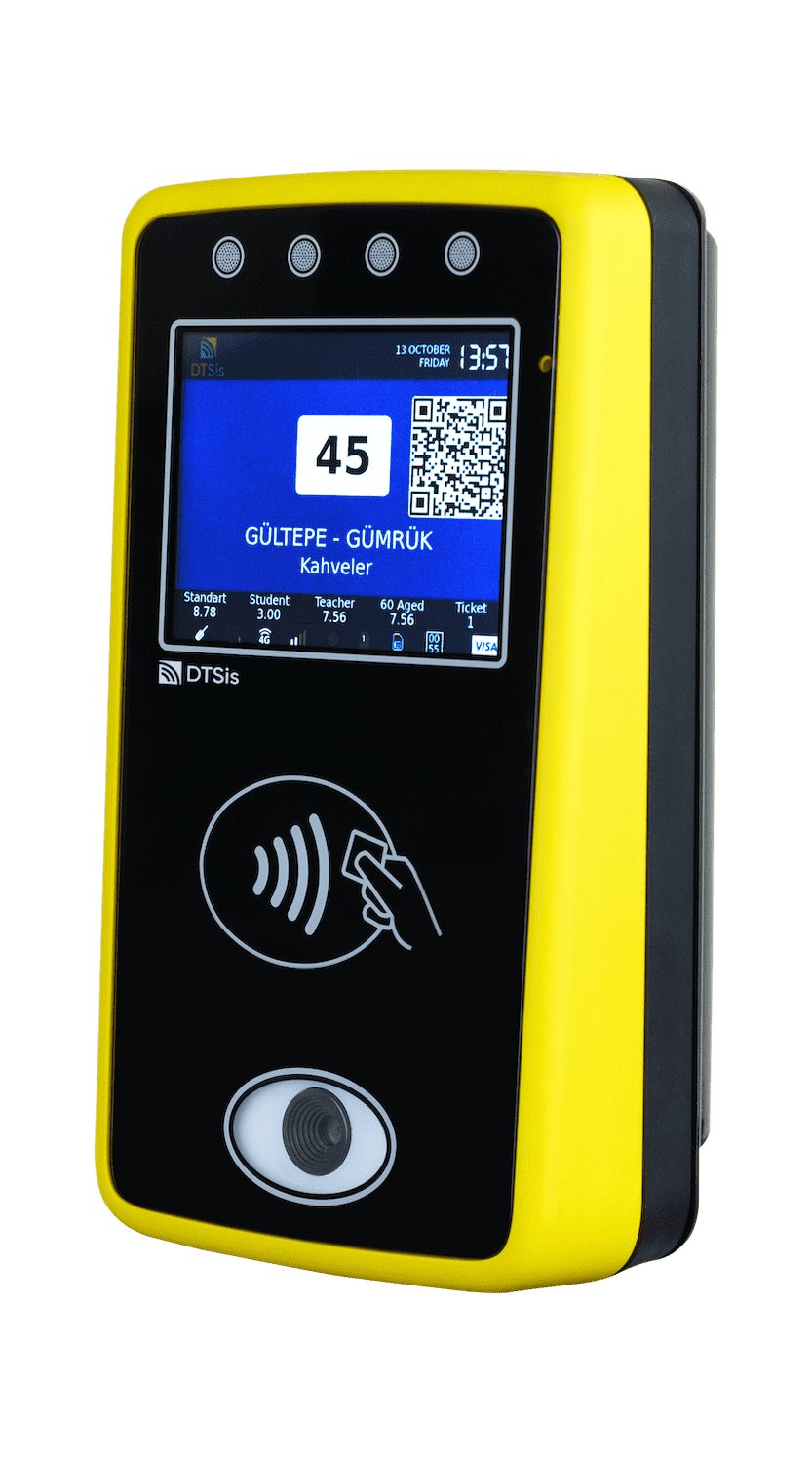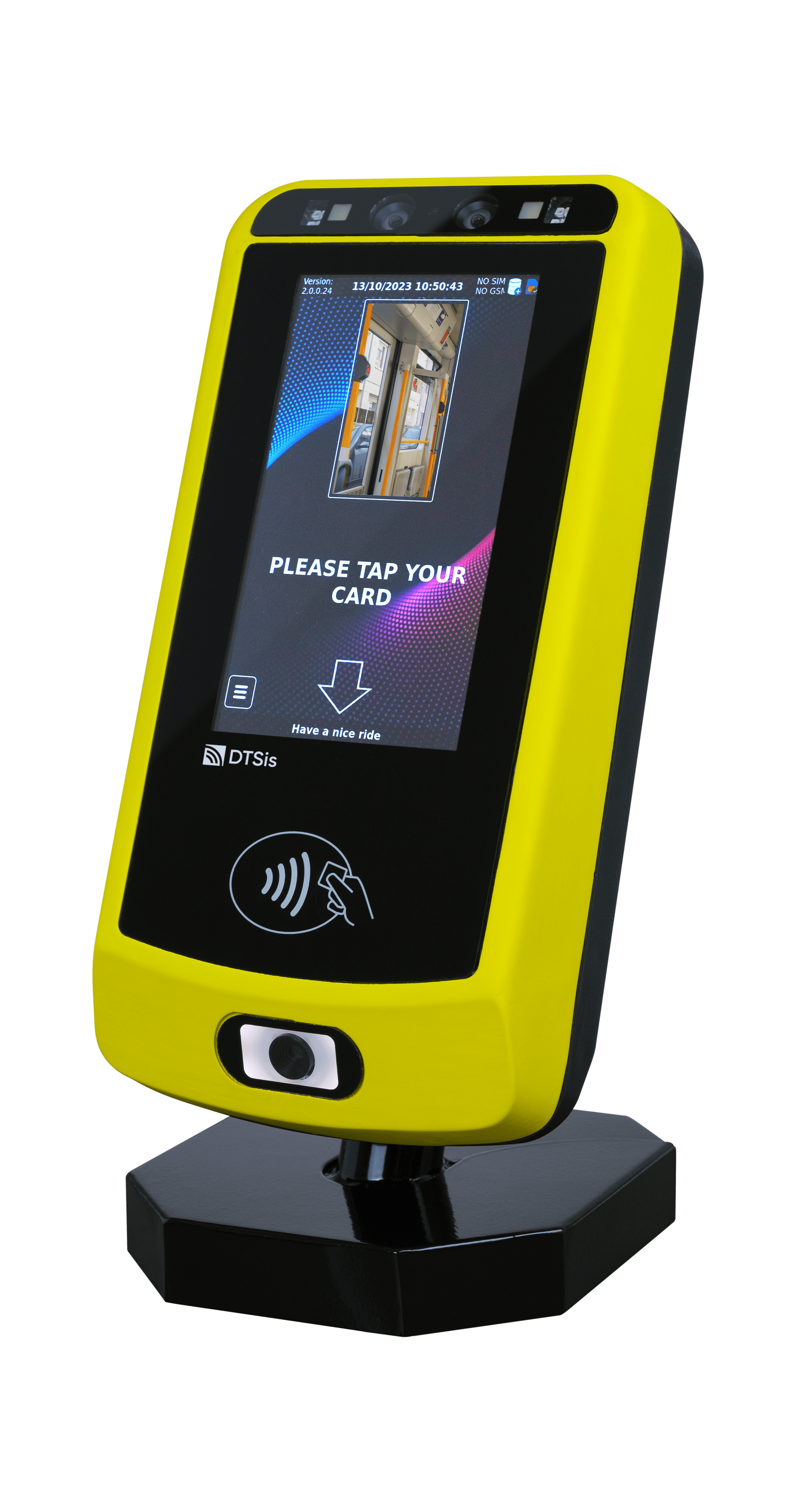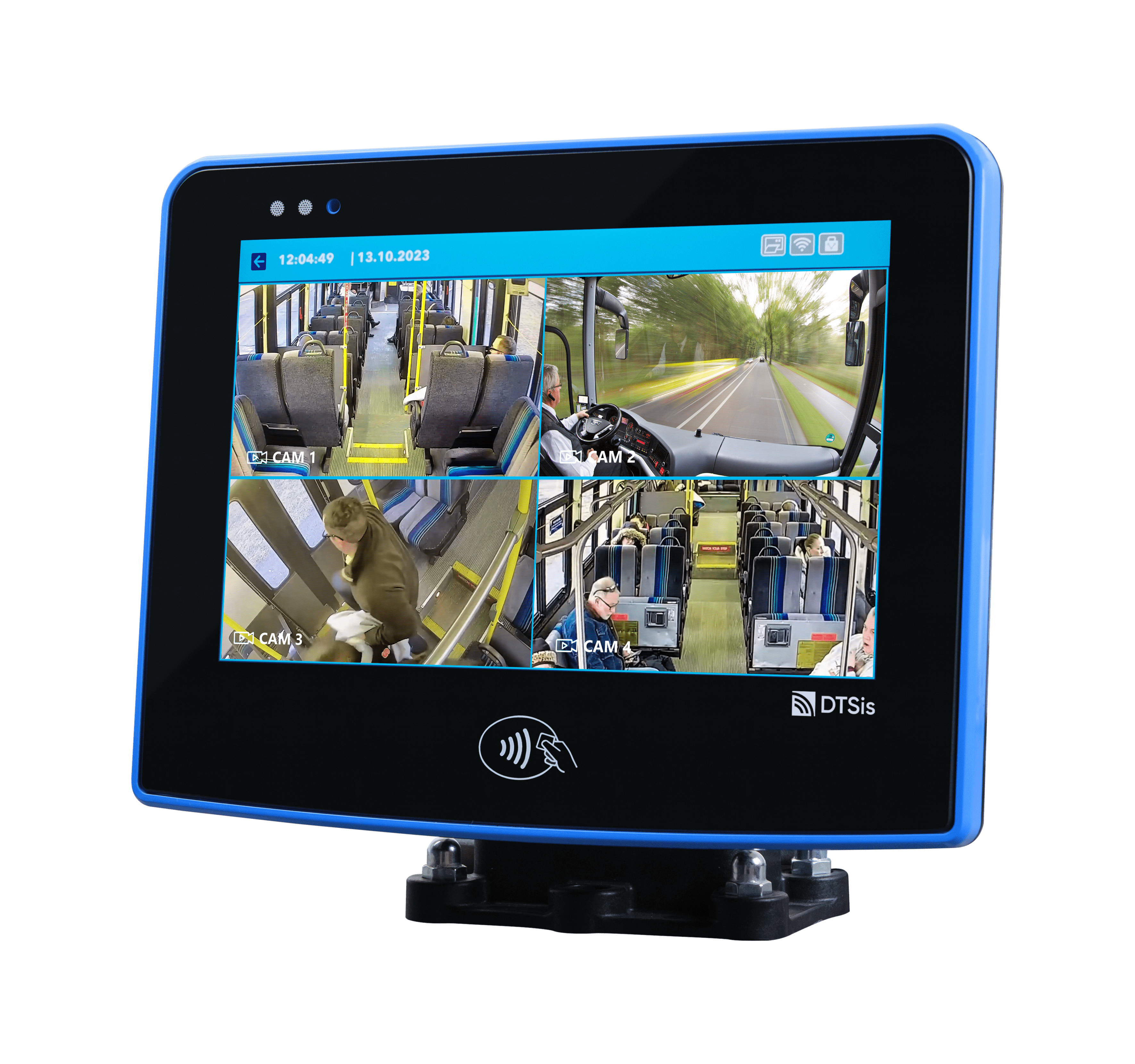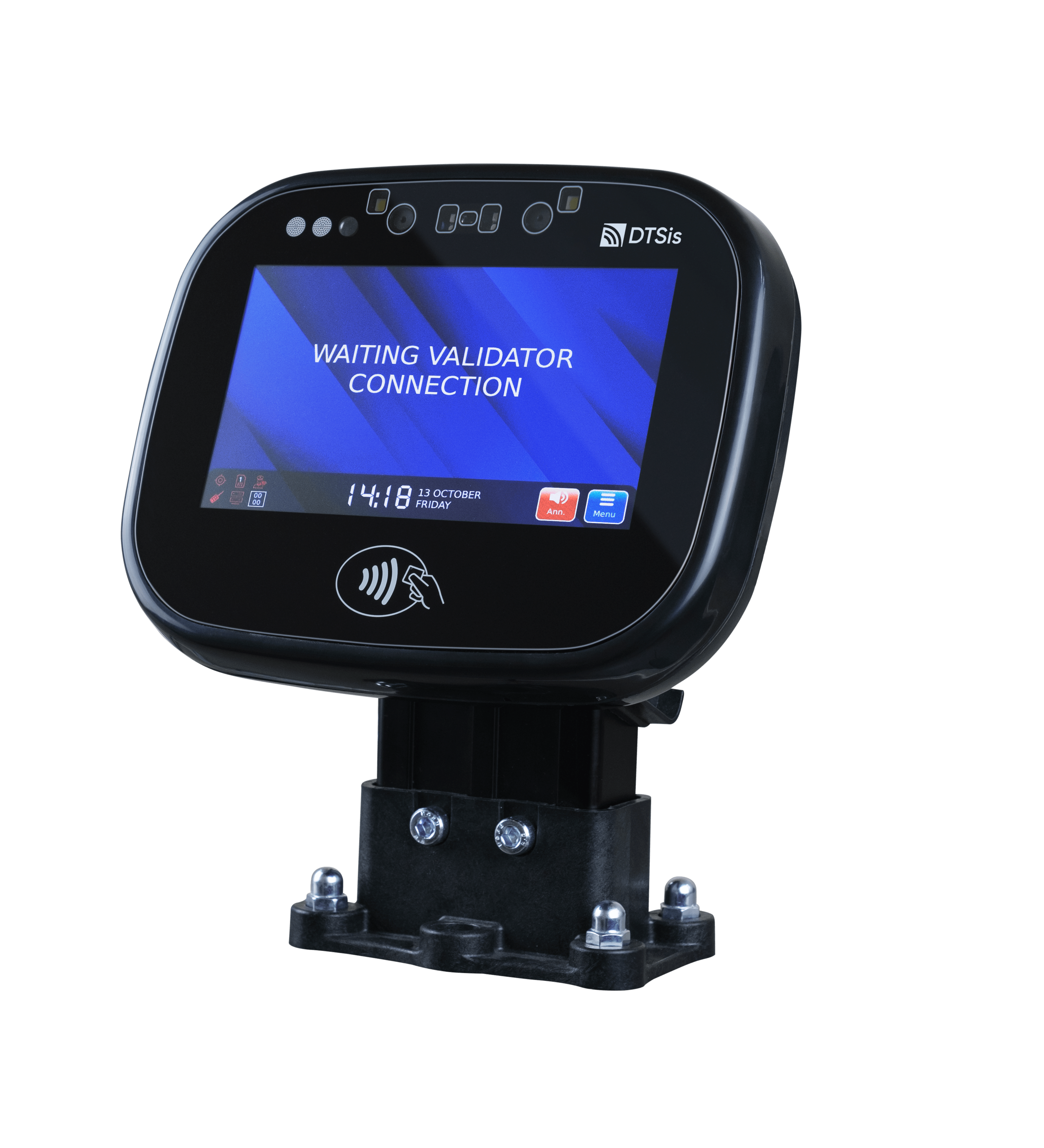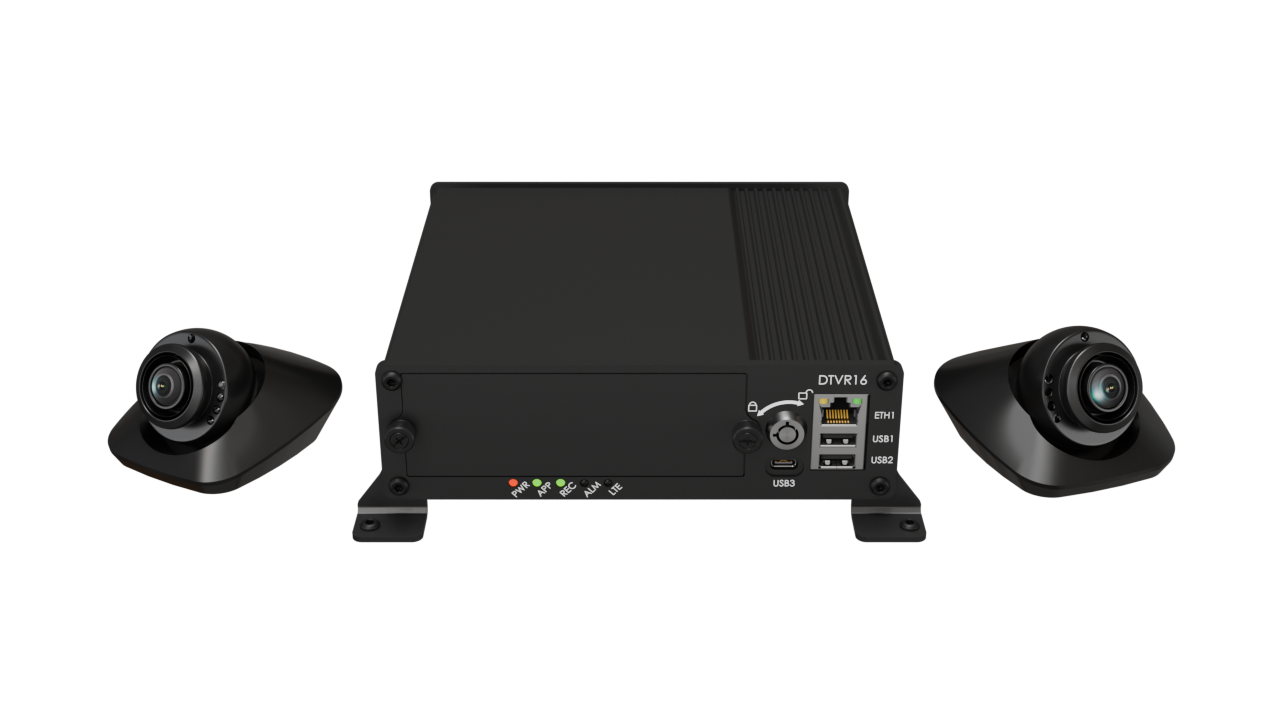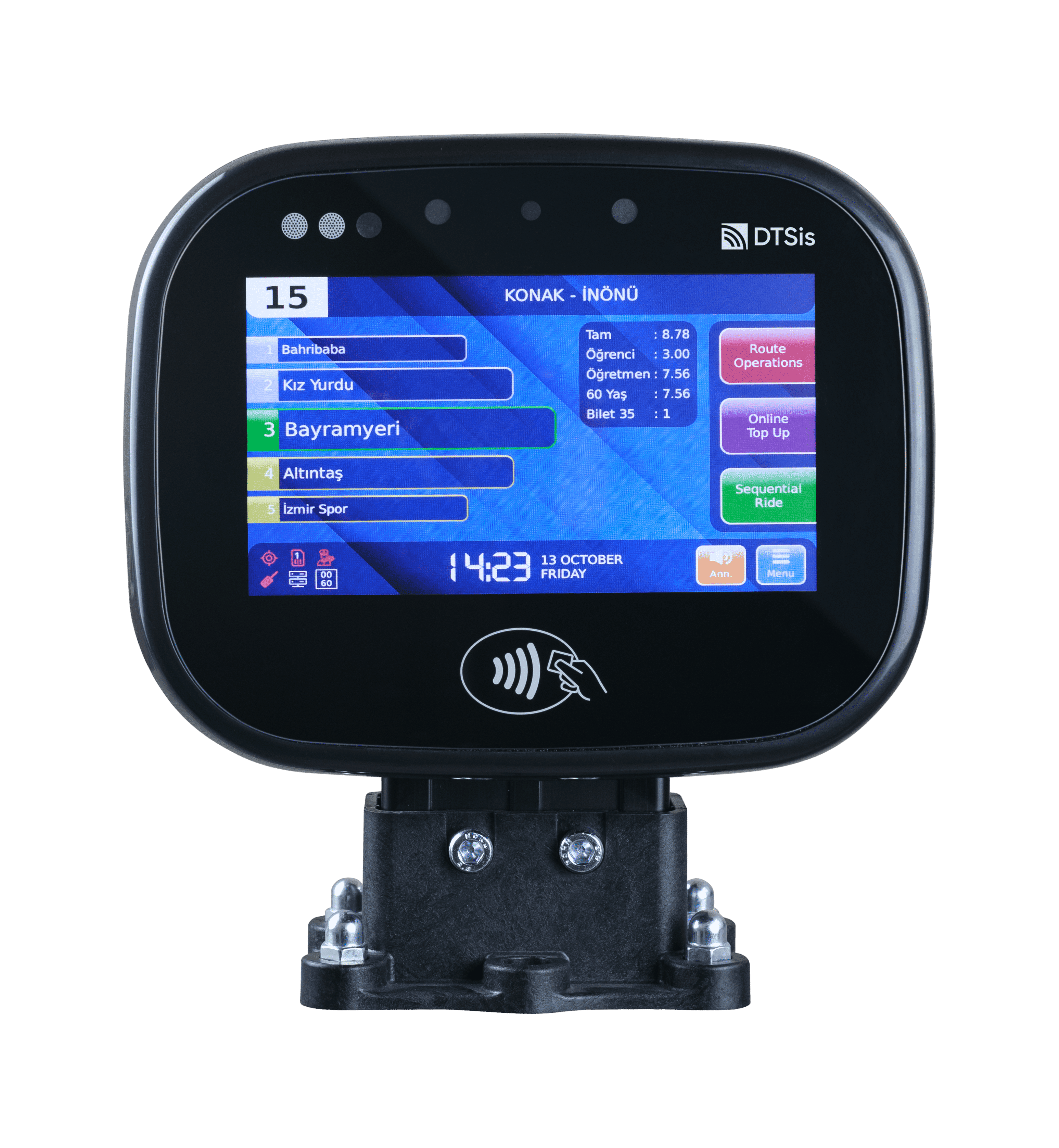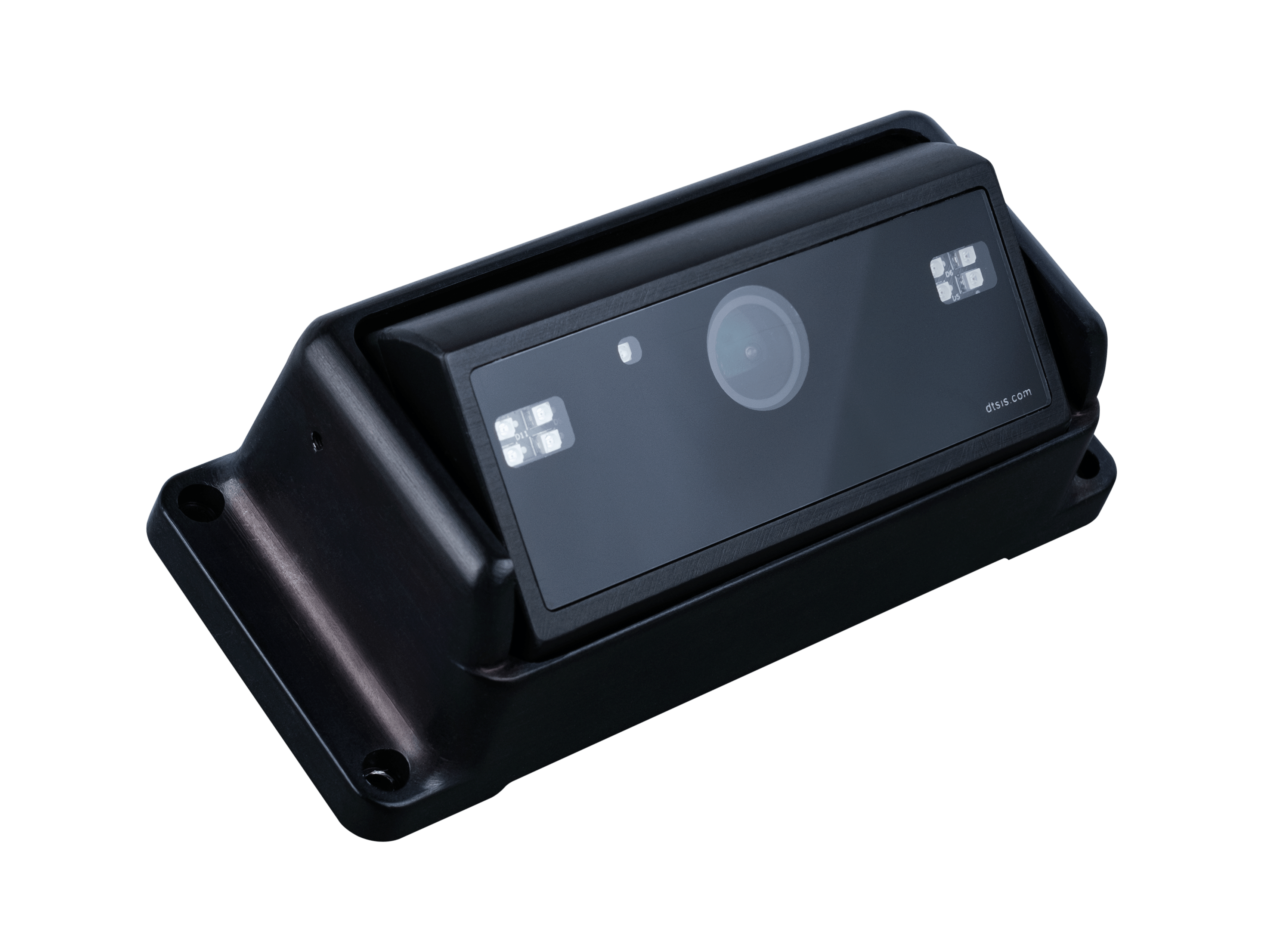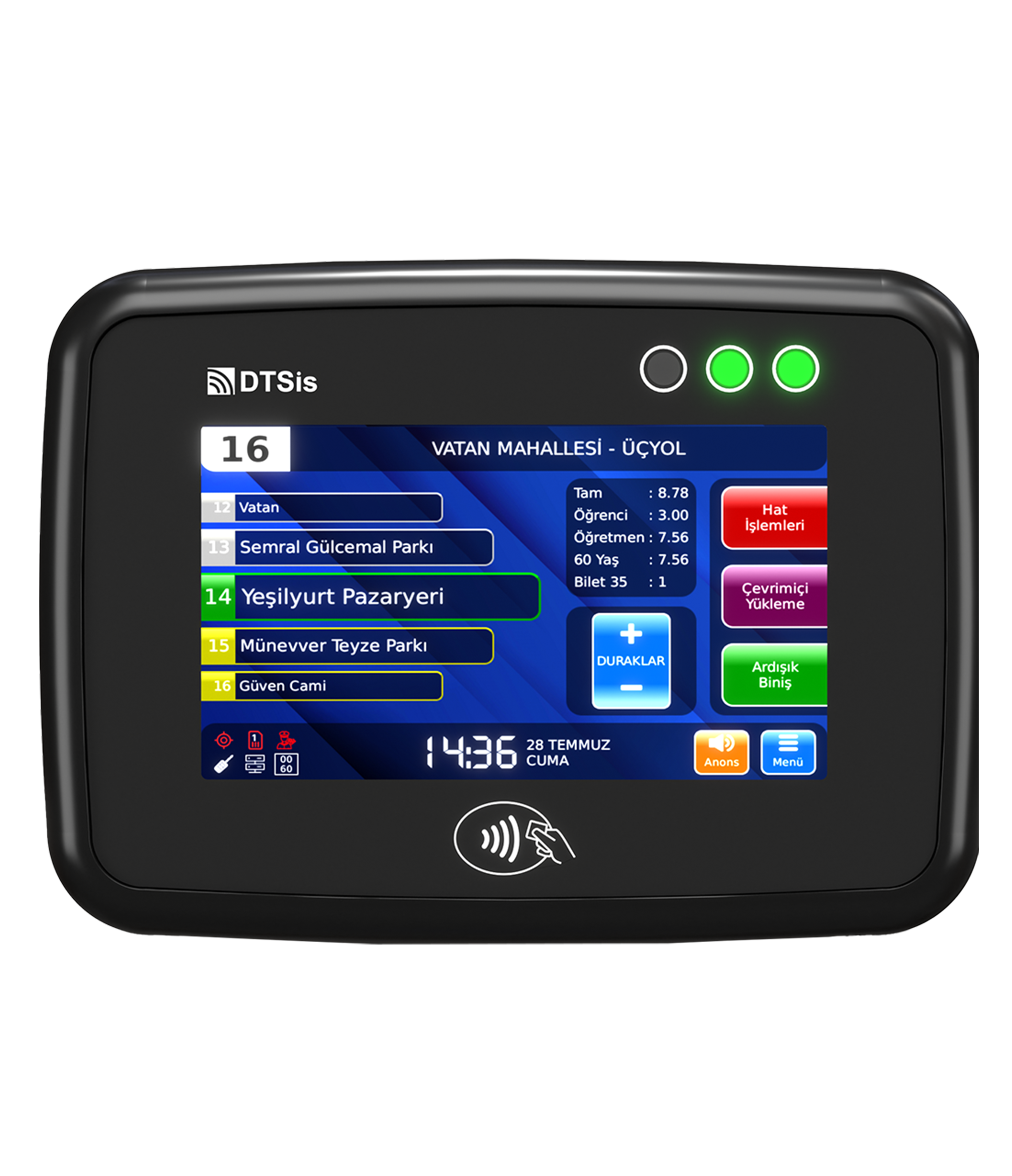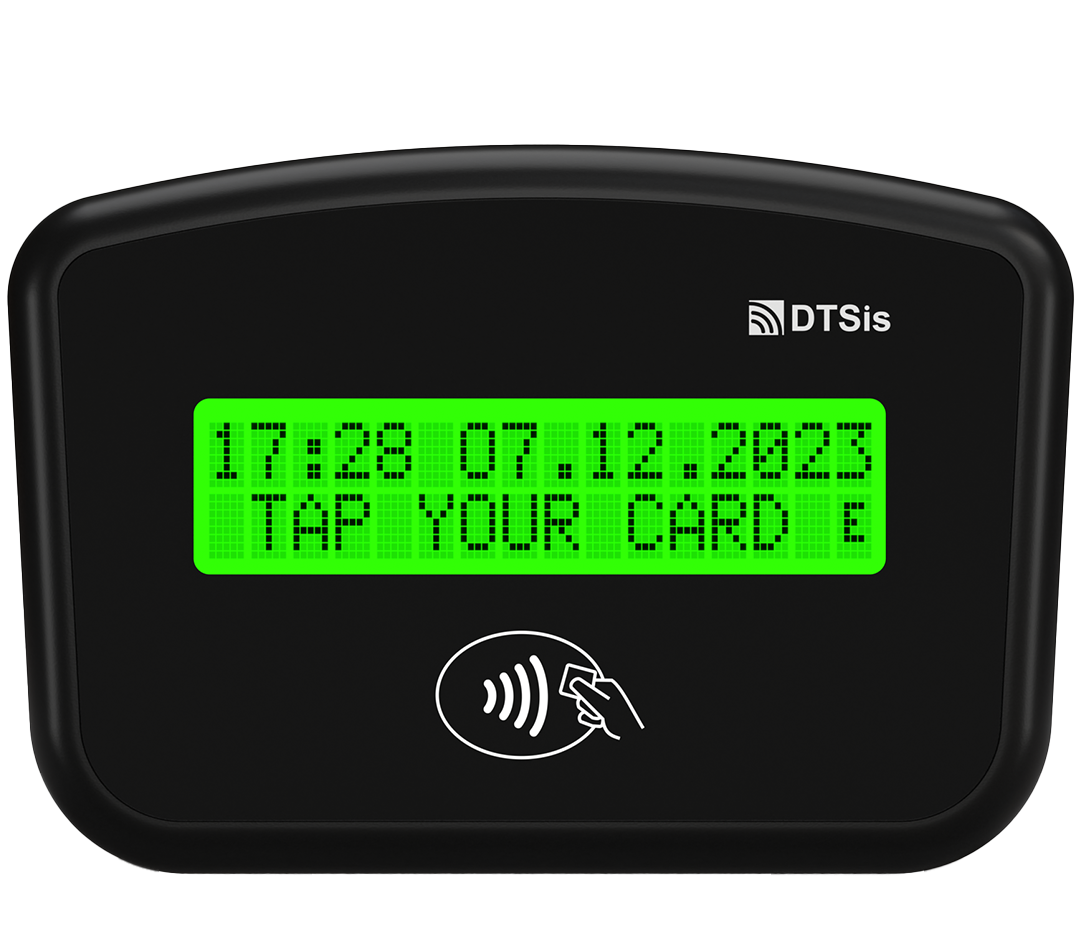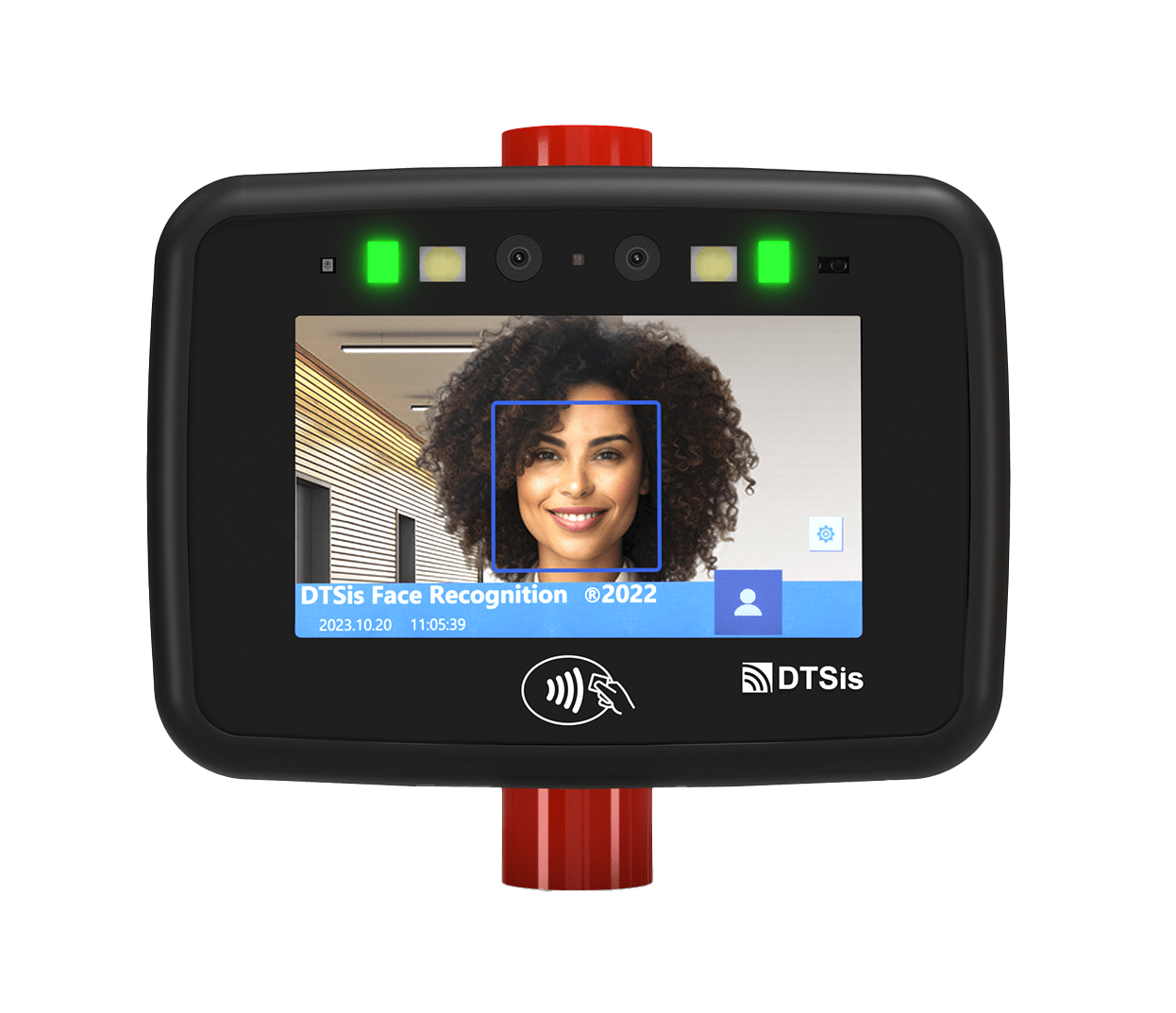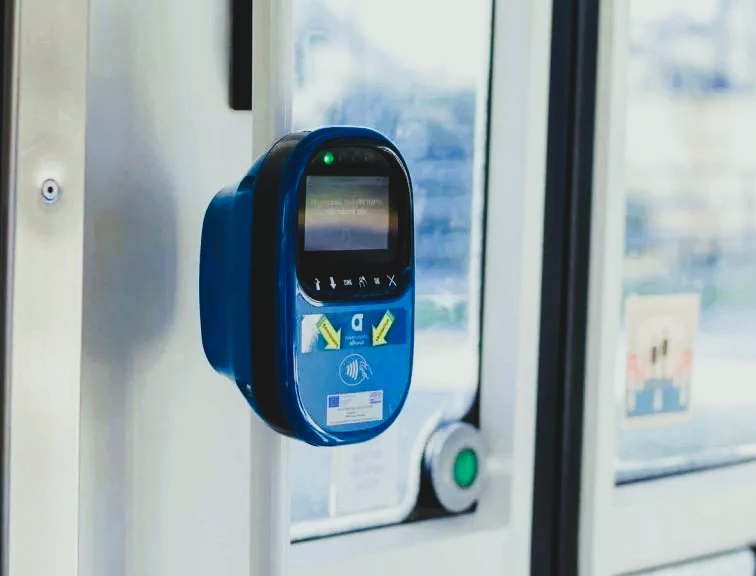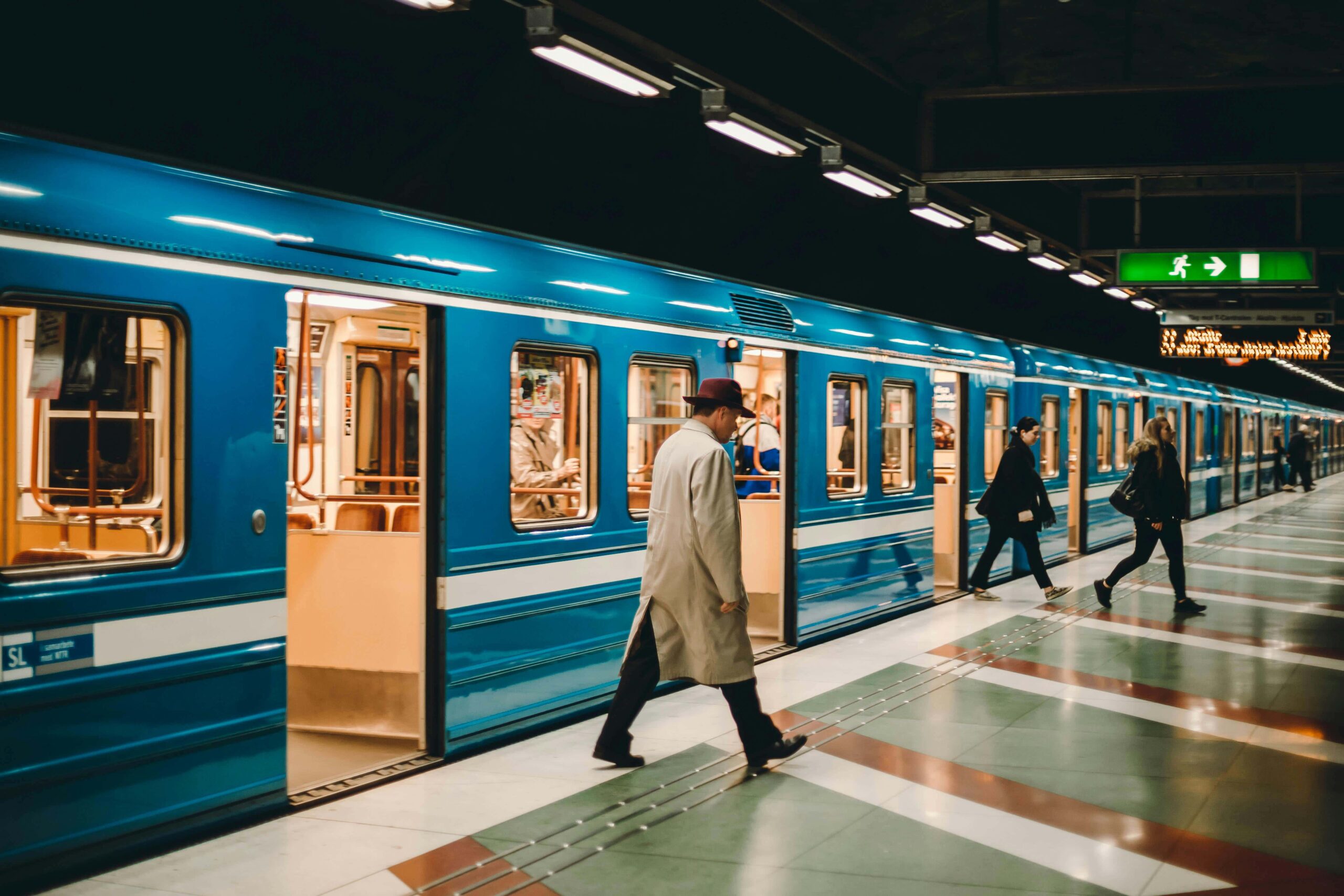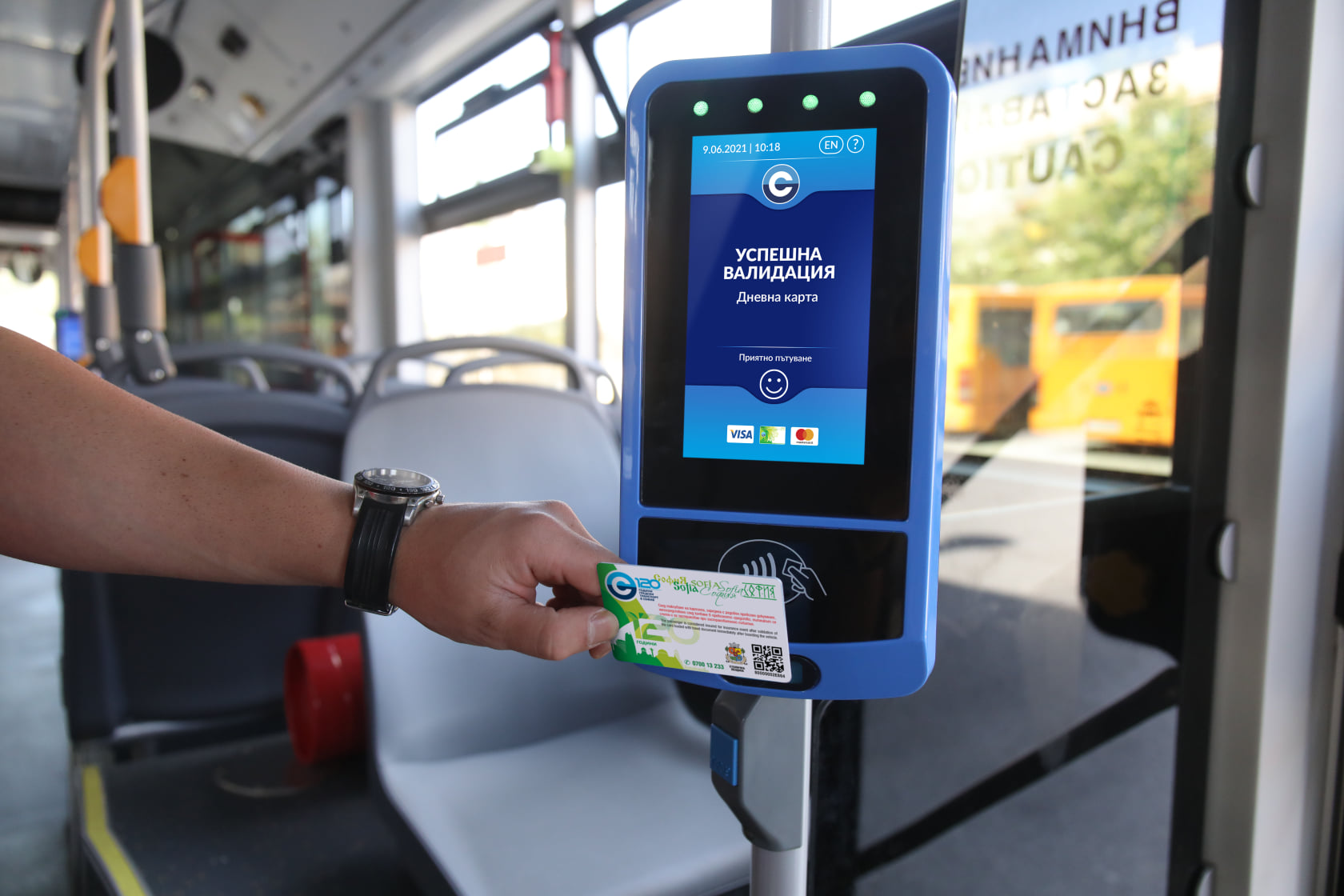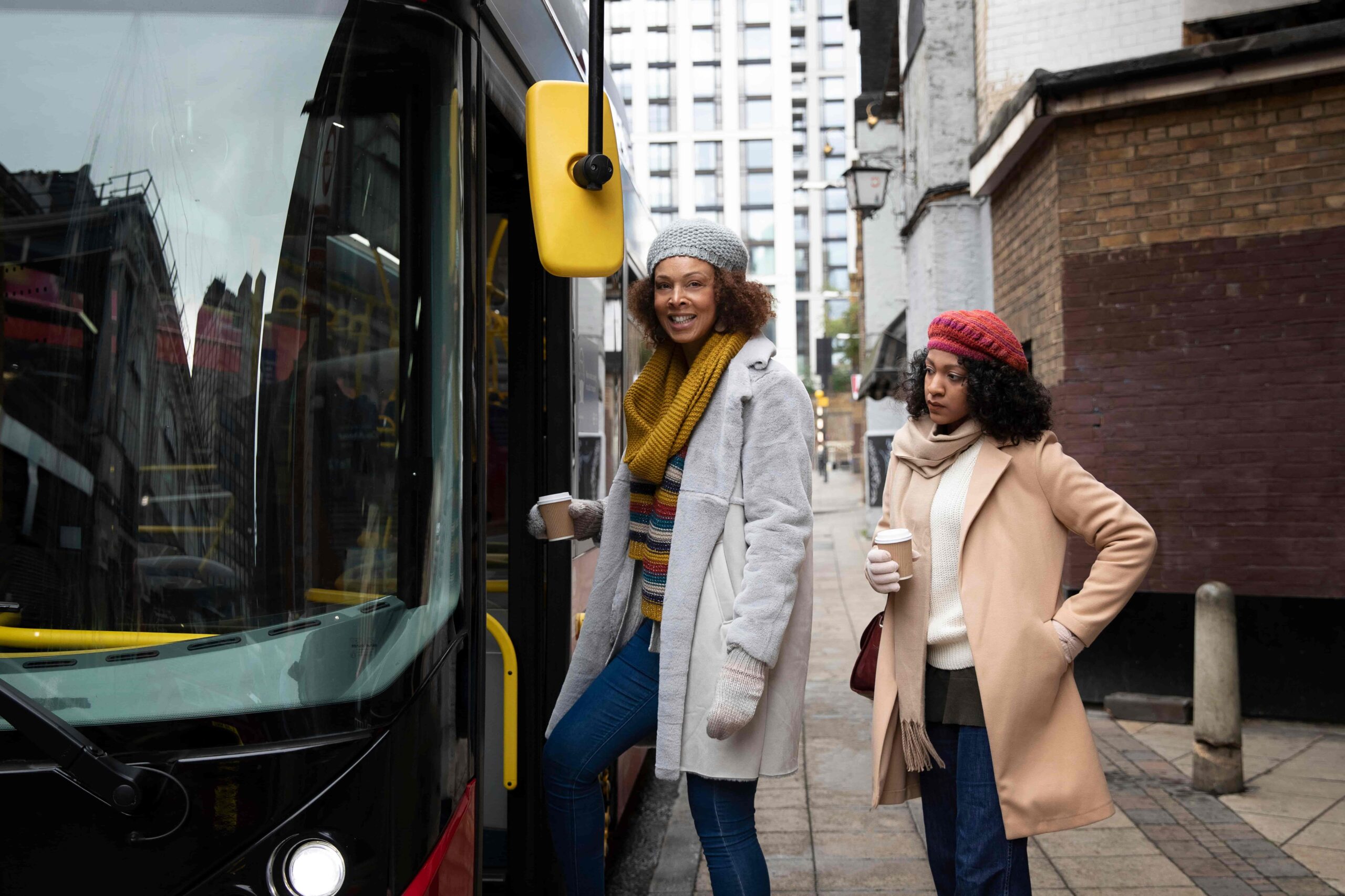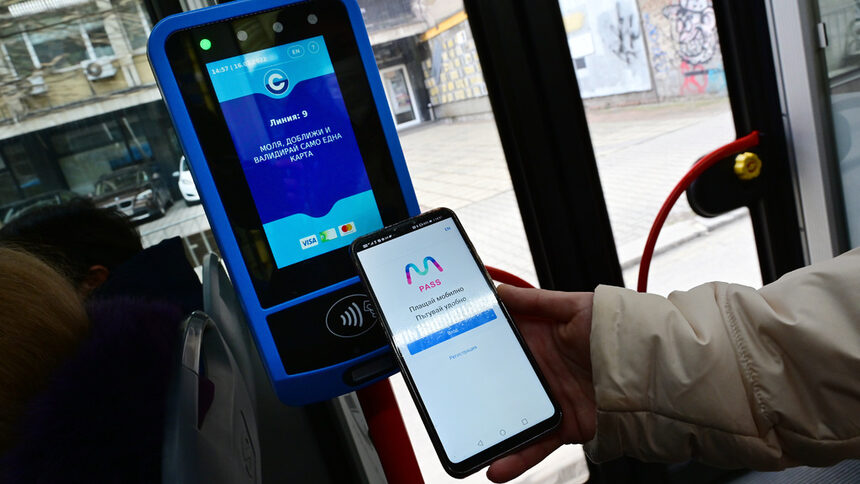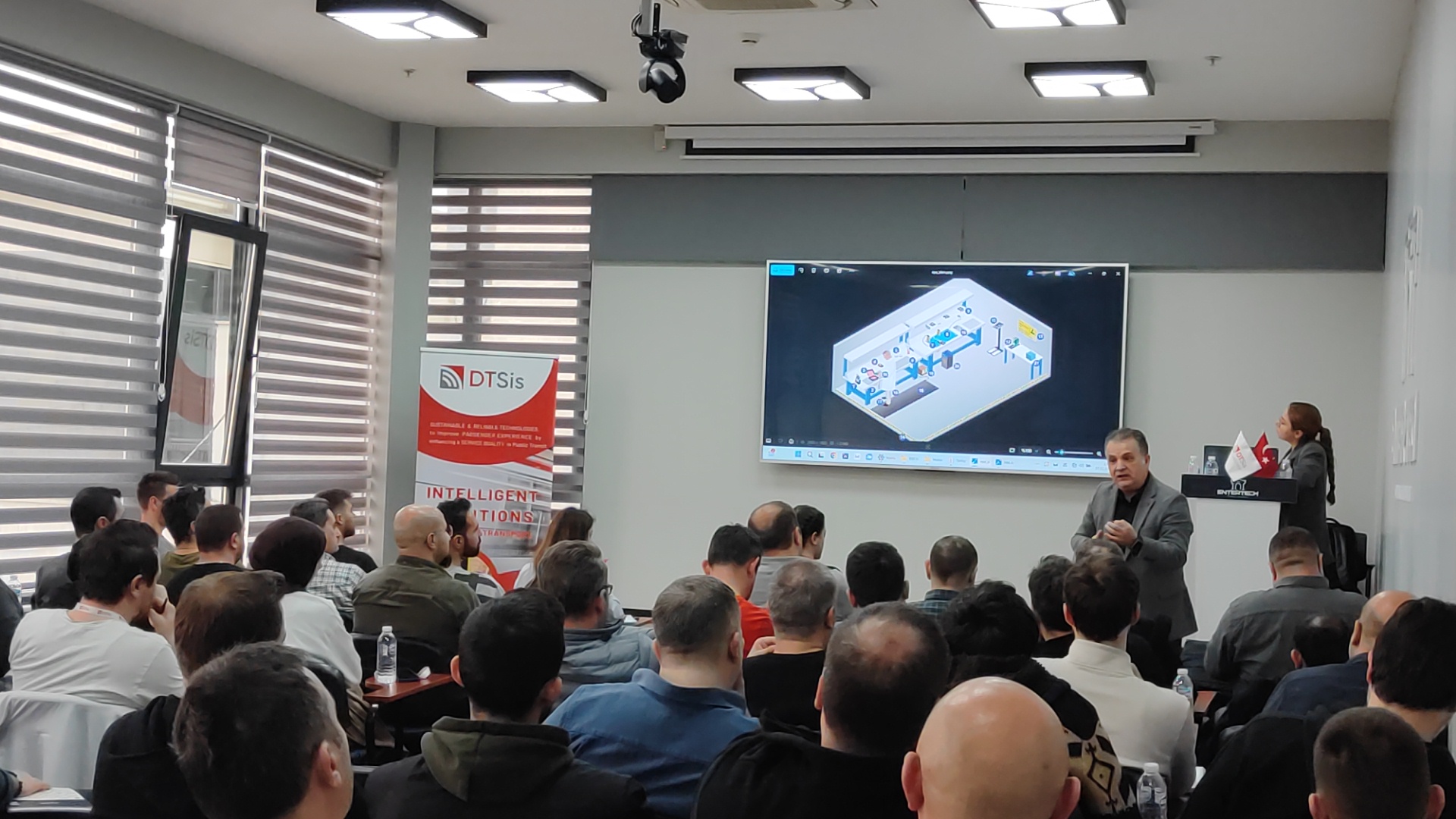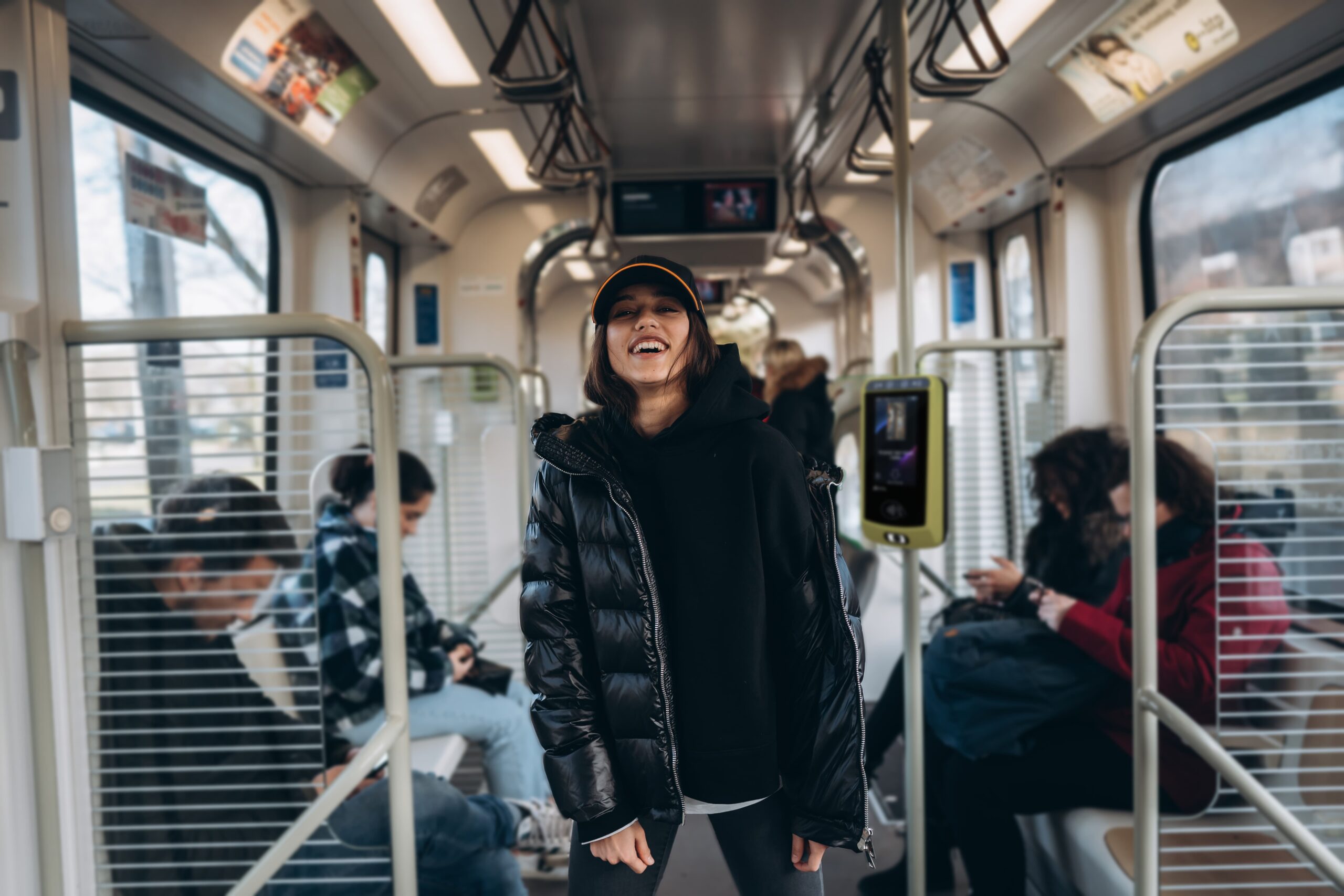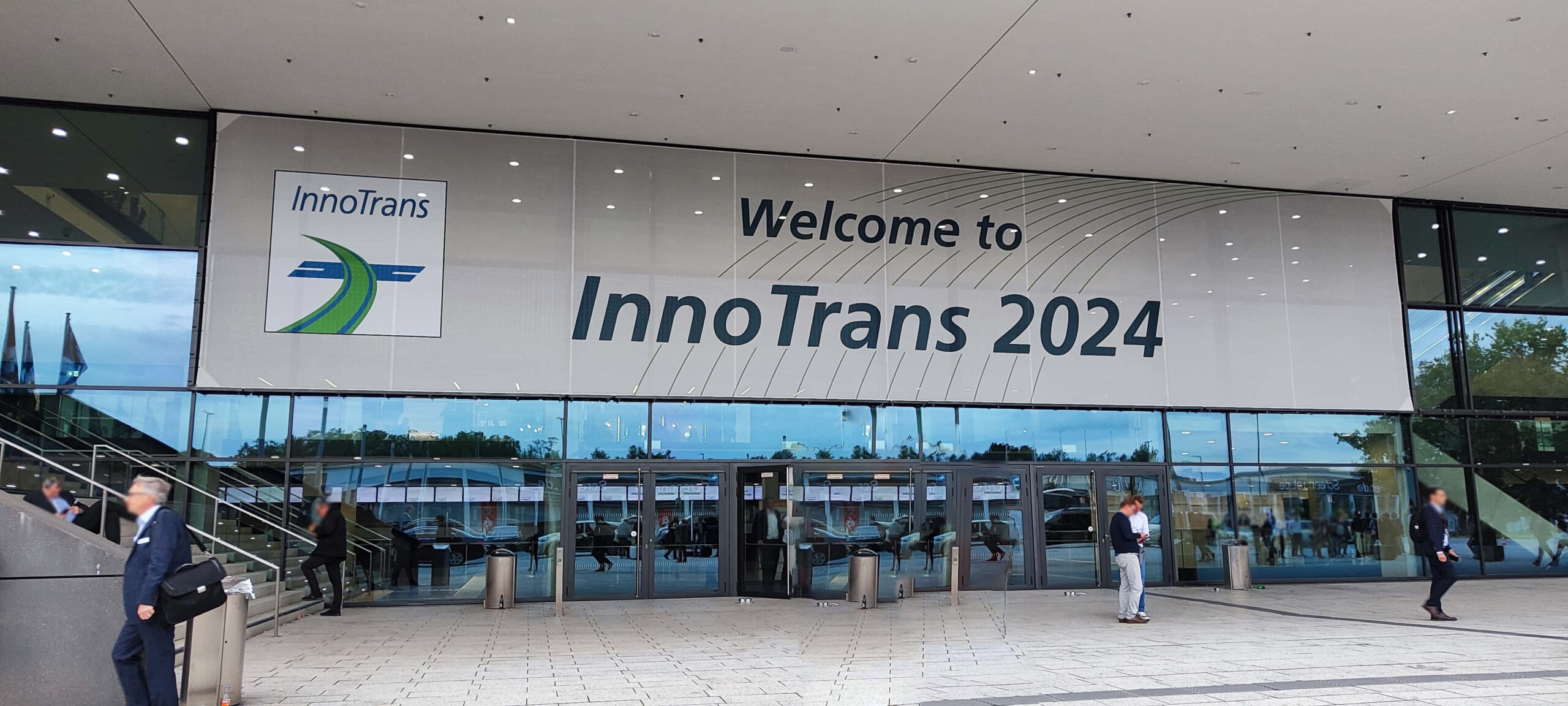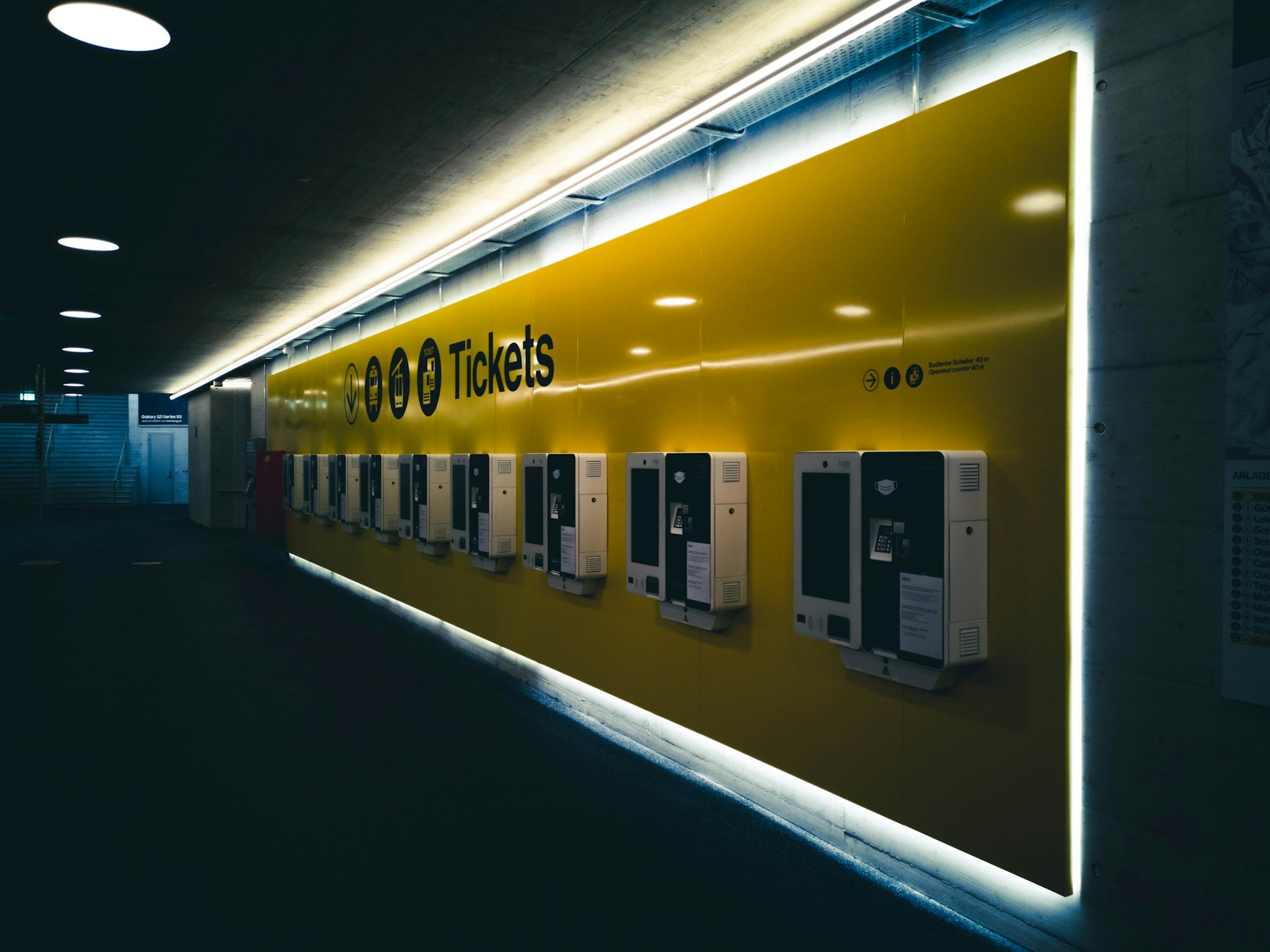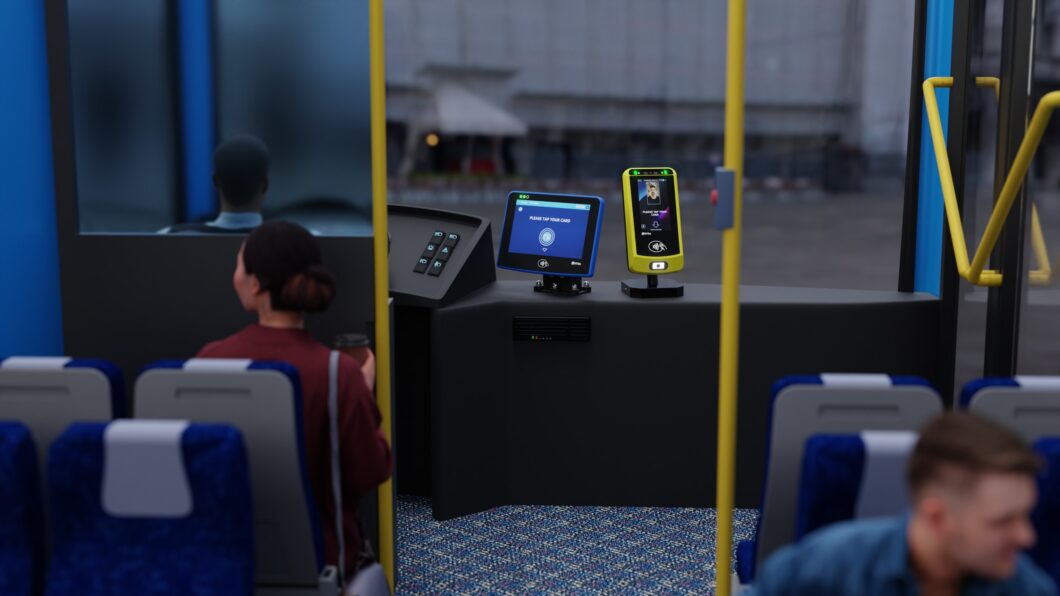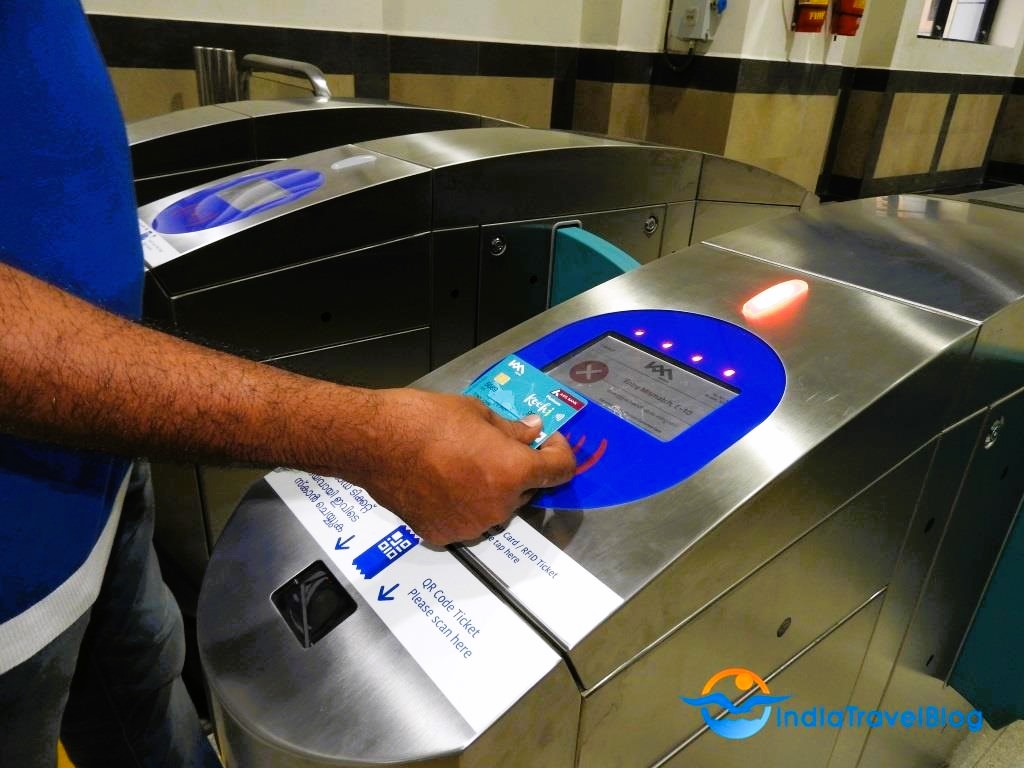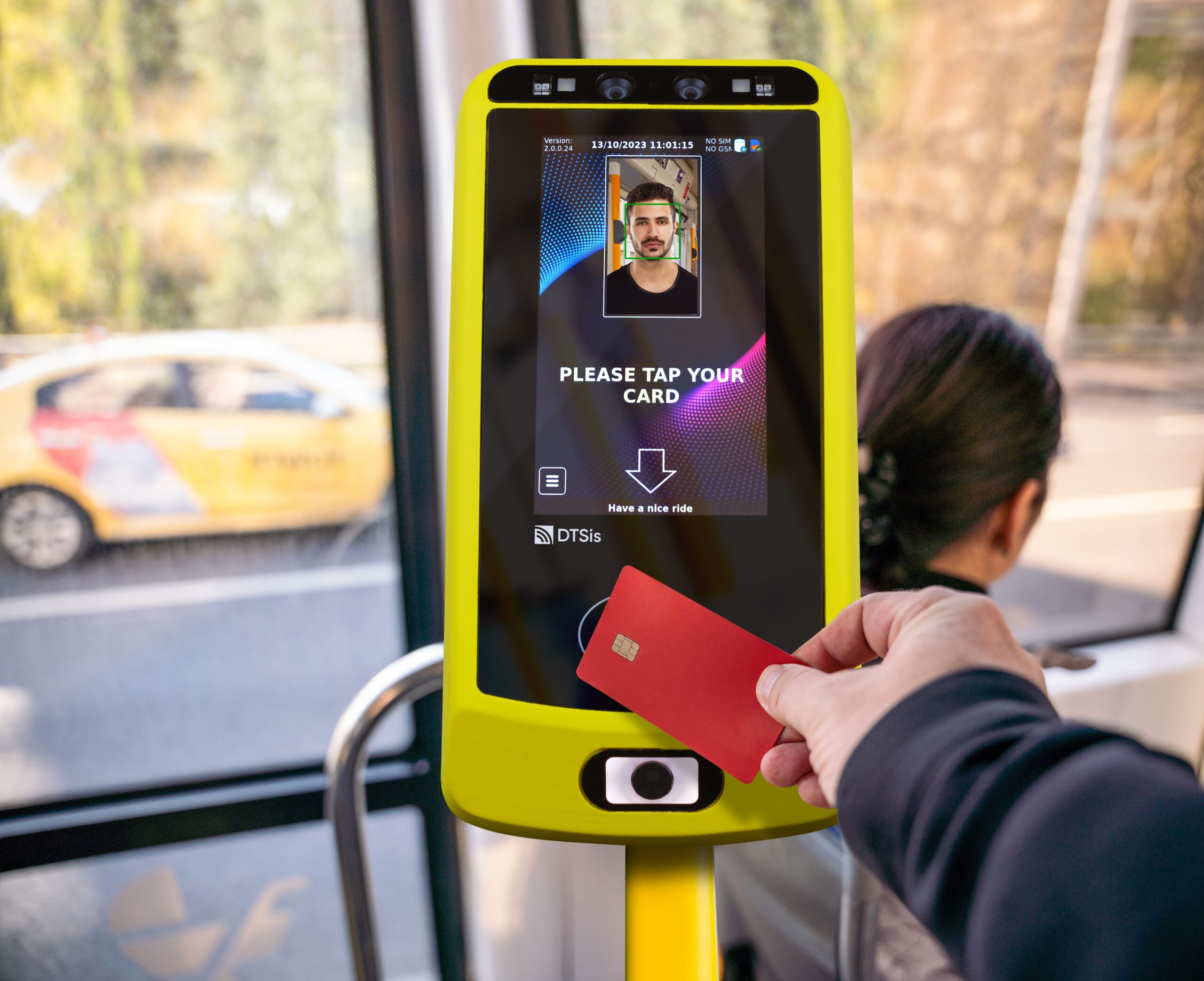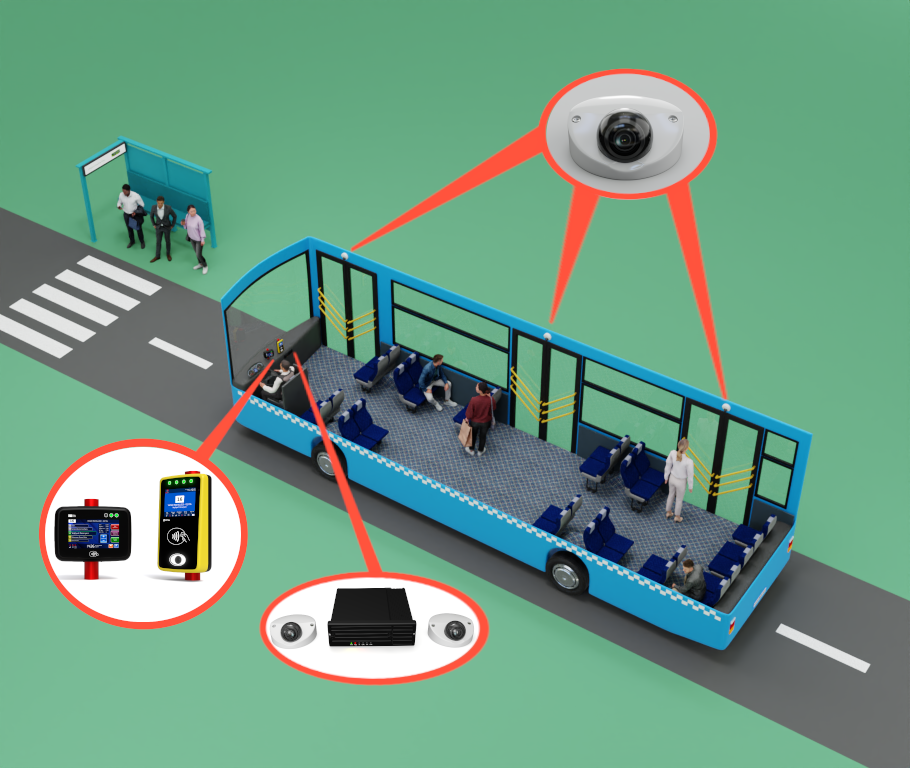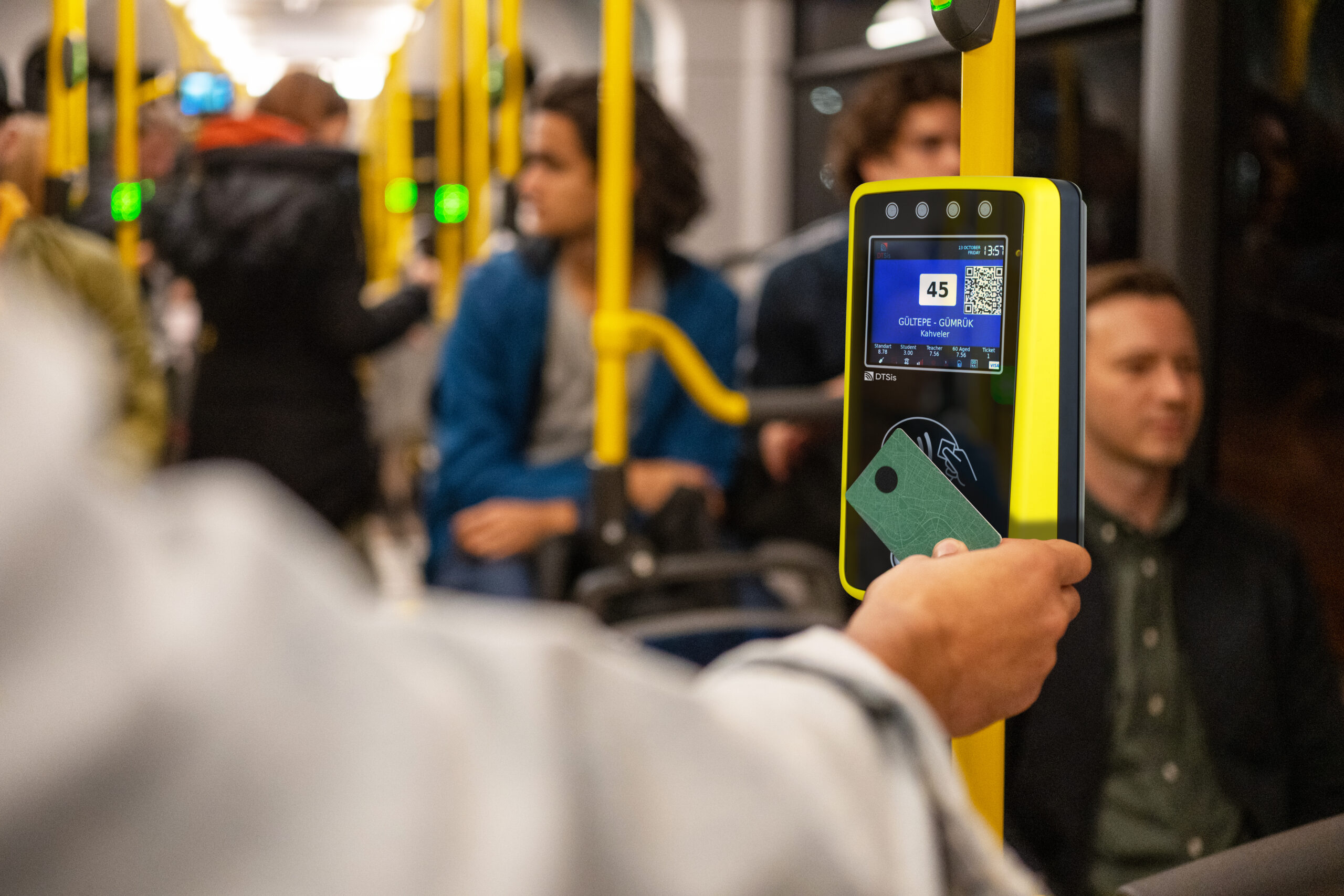Cities have a unique opportunity to make Public Transportation an effortless and sustainable choice by streamlining planning and travel experiences. When transit systems are user-friendly, adopting them becomes an easy and integral part of daily life.
A well-designed transit system not only eases traffic but also reduces pollution and fosters a more connected community. If you’re wondering how to make public transport an attractive option in your city, here’s a comprehensive guide to making it happen.
1. Design for Comfort and Convenience
Comfortable Rides: If you want people to choose public transport, it needs to be a comfortable experience. Modern, clean vehicles with air conditioning, comfortable seating, and ample space can make a world of difference. Think of the appeal of a transit system where you can relax during your journey, rather than crammed into an old, stuffy bus.
Reliable Scheduling: No one likes waiting around. Implementing frequent and reliable services reduces wait times and ensures that people can count on public transport to get them where they need to go, on time. Real-time updates and accurate schedules can help users plan their journeys more effectively.
Convenient Stops and Stations: Place stops and stations strategically in high-traffic areas and ensure they are easily accessible. High visibility, good signage, and amenities like shelters and seating can make public transport a more attractive choice.
2. Integrate Technology Seamlessly
User-Friendly Apps: Develop intuitive mobile apps that offer real-time tracking, route planning, and mobile ticketing. The convenience of checking schedules, purchasing tickets, and receiving updates right from your phone can greatly enhance the public transport experience.
Smart Fare Systems: Implement contactless payment systems that allow for quick, hassle-free boarding. Options like tap-and-go cards or mobile payment reduce friction and make the process smoother.
Digital Information Displays: Install digital screens at stations and on vehicles to provide real-time information about schedules, delays, and route changes. This transparency helps passengers stay informed and reduces uncertainty.

